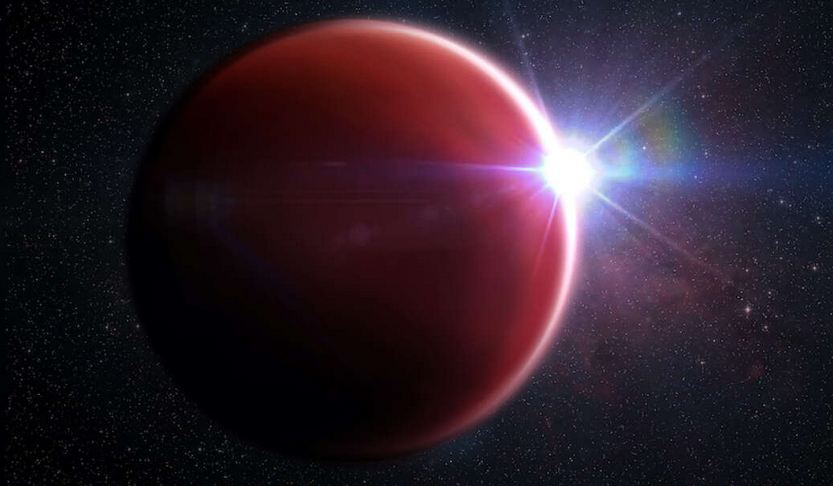Jupiter’s rings might not dazzle like Saturn’s iconic bands, but they hold their own quiet intrigue. In fact, one of Jupiter’s rings might owe its existence to a cosmic smash-up nearly three decades ago. Scientists now propose that the spectacular 1994 collision of Comet Shoemaker-Levy 9 (SL9) with Jupiter could have left behind a delicate ring—a celestial souvenir from an extraordinary event.
This fresh hypothesis, presented at the American Geophysical Union Meeting, suggests that the debris from the comet’s dramatic breakup and crash may have lingered within Jupiter’s gravitational embrace, forming a thin ring over the past 30 years. If true, this would make it the youngest ring in the solar system.
The Breakup That Shook the Cosmos
Picture this: it’s 1992. Grunge is in full swing, pagers are still cool, and Comet Shoemaker-Levy 9 has just wandered a little too close to Jupiter. Passing through the planet’s Roche Limit—a zone where the planet’s immense tidal forces overpower a celestial body’s own gravity—the comet shattered into 21 pieces. Each fragment, now on a doomed trajectory, began its death spiral around Jupiter.
Discovered by astronomers Carolyn and Eugene Shoemaker and David Levy, SL9 became the first comet observed orbiting a planet instead of the Sun. It wasn’t just a fleeting visitor; Jupiter had likely captured it two or three decades earlier. But after its breakup, its fate was sealed.
In July 1994, SL9’s fragments hurtled toward Jupiter at a jaw-dropping 60 kilometers per second (about 37 miles per second). The impacts—stretching from July 16 to July 22—were nothing short of cosmic fireworks. The largest fragment, measuring 2 kilometers (1.2 miles) across, slammed into the gas giant, creating explosions visible even from Earth. The spectacle lingered for months, cementing SL9’s place in astronomical history.
A Ring Born of Destruction?
Professor Mihaly Horanyi, who proposed this ring-forming hypothesis, explains that the collision likely generated a cascade of tiny particles. As SL9 disintegrated within Jupiter’s magnetosphere, these particles would have become electrically charged. Instead of drifting aimlessly, they were trapped by Jupiter’s magnetic and gravitational forces. Over time, these dust grains would have settled into a faint, narrow ring orbiting the planet.
“This happened inside Jupiter’s magnetosphere where the dust gets electrically charged,” Horanyi noted. “Electromagnetic forces move particles on orbits that remain tied to Jupiter. Eventually, they lose energy and angular momentum, settling into a ring.”
While the idea of a new ring is tantalizing, confirming its existence won’t be easy. The suspected ring is likely too thin and dim for Earth-based telescopes to detect. But hope isn’t lost. NASA’s upcoming Europa Clipper mission, set to arrive at Jupiter in 2030, might hold the key. The spacecraft’s SUDA dust analyzer could potentially detect particles from this elusive ring during its study of Europa, one of Jupiter’s icy moons.
A Legacy Beyond the Impact
If this hypothesis pans out, SL9 would hold a truly unique place in our cosmic chronicles. It would not only be the first comet observed smashing into a planet but also a creator of planetary rings—a striking legacy for a celestial wanderer that met its fiery end in Jupiter’s gravity well.
As the Europa Clipper edges closer to launch, anticipation builds. Could this mission finally unravel the mysteries left behind by SL9’s cataclysmic encounter? Stay tuned—space might have more surprises in store.












Leave a Reply